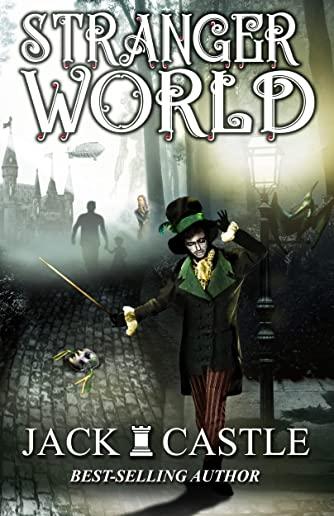
The novel's themes include masculinity and male friendship. London discusses various life experiences he has had with alcohol, and at widely different stages in his life. Key stages are his late teen years when he earned money as a sailor and later in life when he was a wealthy, successful writer.
Alcohol plays a big role in facilitating the themes listed above. The book is about the social facilitation of alcohol, but is also a cautionary tale about the addictive powers of alcohol and its deleterious effects on health. London describes the effects of alcohol along both optimistic and pessimistic lines, insisting at some points that it helped him in his developmental process towards becoming a man as he understood the idea and a writer and at other points that it limited in developing him in a healthy way. It remains an important and enduring milestone of his authorial career and of many of the writers of his period, as well as the milestone of many of the social historians of his period. London insisted that historical literature was always more important in his life than alcohol, however.
At the beginning of the book, Jack London gives a quick tease of "White Logic," mentioning the "white light of alcohol" and how alcohol presented to his mind the concept of White Logic. It is only until the final five chapters that the nihilism of White Logic is finally revealed and pitted against the "lesser truth" that "makes life possible to persist."
Burning Daylight is a novel by Jack London, published in 1910, which was one of the best-selling books of that year and it was London's best-selling book in his lifetime. The novel takes place in the Yukon Territory in 1893. The main character, nicknamed "Burning Daylight" was the most successful entrepreneur of the Alaskan Gold Rush. The story of the main character was partially based upon the life of Oakland entrepreneur "Borax" Smith. The novel was subsequently filmed as a First National movie starring Milton Sills with Doris Kenyon.
The story is told from the perspective of a scientist called Bassett, who is on an expedition in the jungle of Guadalcanal to collect butterflies. The "Red One" of the title refers to a giant red sphere, of apparently extraterrestrial origin, that the headhunting natives worship as their god and to which they perform human sacrifices. Bassett becomes obsessed with the Red One and in the end is sacrificed himself.
The story's theme was suggested to London by his friend George Sterling: a message is sent from an alien civilization but is lost in the wilderness. There are parallels to Joseph Conrad's short novel Heart of Darkness.
member goods
listens & views

ROCKIN & BOPPIN IN THE ...
by ROCKIN AND BOPPIN IN THE DESERT 2 / VARIOUS
COMPACT DISCout of stock
$18.49

VIOLIN CONCERTOS 7 10 & ...
by RODE,PIERRE / EICHHORN / SWR RADIO ORCH / PASQUET
COMPACT DISC$18.49





